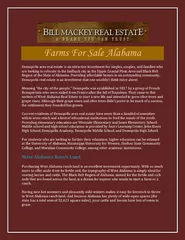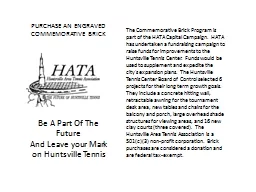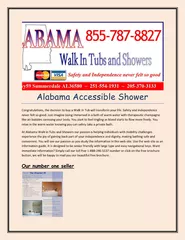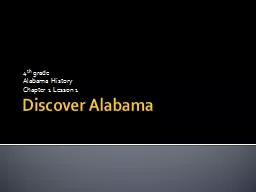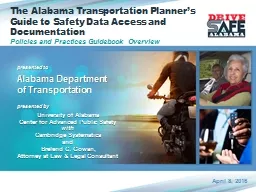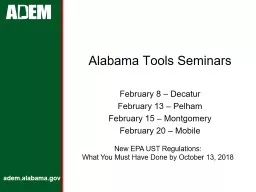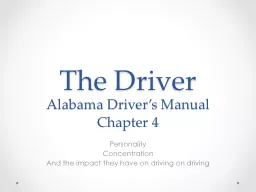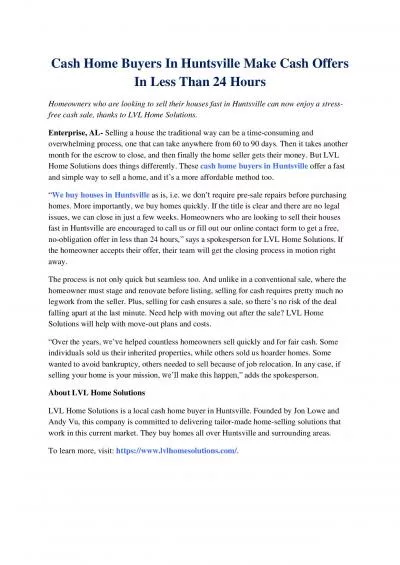PPT-Daniel Sillivant University of Alabama in Huntsville
Author : myesha-ticknor | Published Date : 2018-10-09
DanielSillivantUAHedu Using FMEA to Address Warranty Duration FMEA Process Reliability Block Diagrams Critical Items List MTBF and Reliability Calculations OC Curve
Presentation Embed Code
Download Presentation
Download Presentation The PPT/PDF document "Daniel Sillivant University of Alabama i..." is the property of its rightful owner. Permission is granted to download and print the materials on this website for personal, non-commercial use only, and to display it on your personal computer provided you do not modify the materials and that you retain all copyright notices contained in the materials. By downloading content from our website, you accept the terms of this agreement.
Daniel Sillivant University of Alabama in Huntsville: Transcript
Download Rules Of Document
"Daniel Sillivant University of Alabama in Huntsville"The content belongs to its owner. You may download and print it for personal use, without modification, and keep all copyright notices. By downloading, you agree to these terms.
Related Documents


